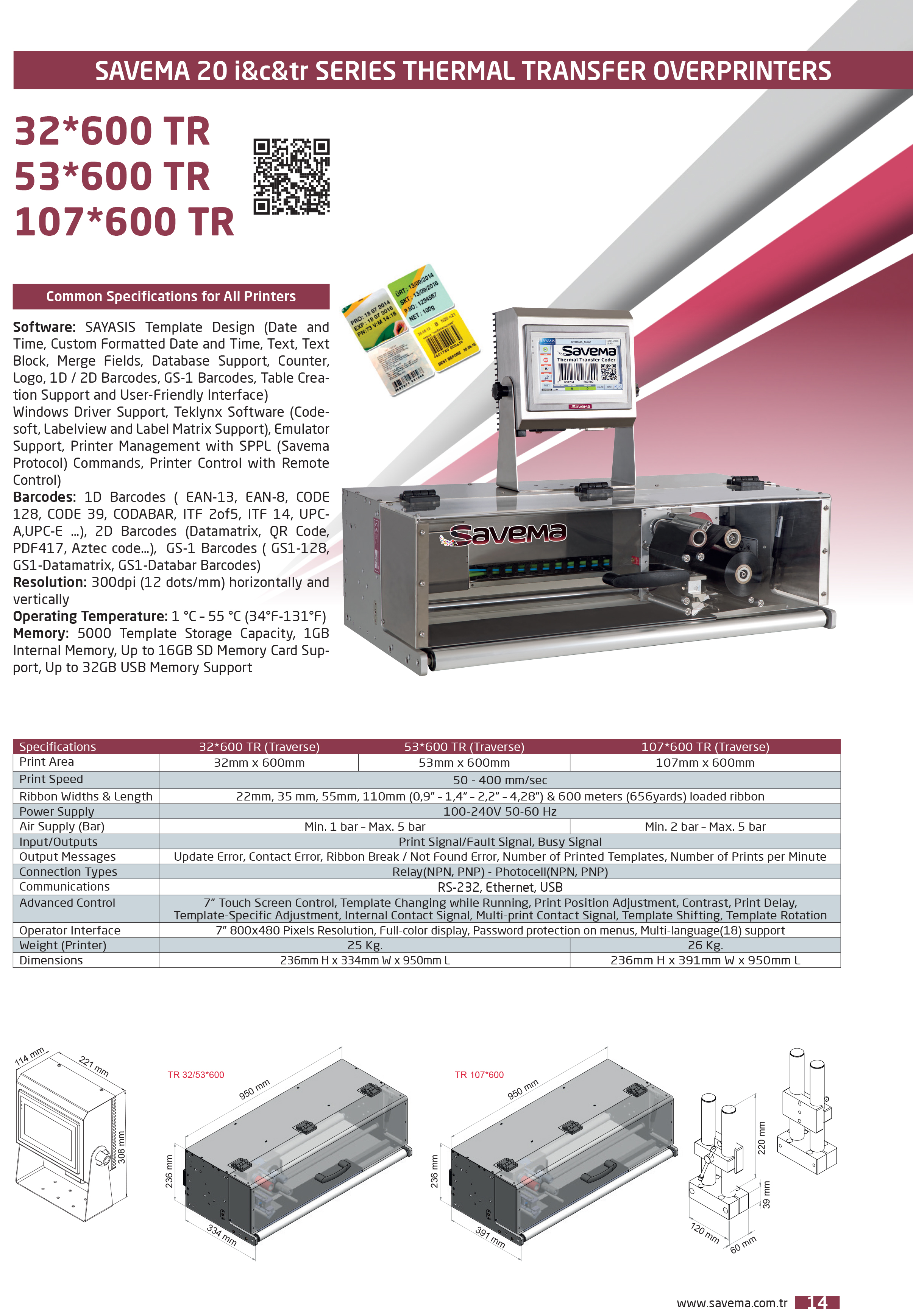

The 1s represent the dots, for instance, the first column is full with 1s and we assigned 0xFF(255 in decimal) which comes from 2⁷ + 2⁶ + 2⁵ + 2⁴ + 2³ + 2² + 2¹ + 2⁰ = 255. Therefore, for the image with a 4px width, we have chosen the 8-bit density mode. If you send the following array to the printer The following figures also illustrate how 8 and 24 dot density or single and double density work:Ĩ-dot density(top) - 24-dot density(bottom) Let's check with one example The head of the printer is 1 dot wide by 24 dots long, and it moves left to right, burns up to 24 dots in the vertical direction for each 1 dot in the horizontal direction. In the following example, m equals to 33, which means 24-dot double density mode. The m parameter can be four different values each of them changes the method of how we designed the image data bytes. The image is usually drawn pixel by pixel, left to right, top to bottom but on these printers, it is done top to bottom, then left to right. Bits that correspond to the dots to print are 1 and the bits that correspond to the dots that are not printed are 0. So, basically width equals to nL + nH x 256. If the image width had 340px, the values would be 0x54(84 in decimal) and 0x01(1 in decimal).


For instance, if there is an image width with 200px, the two values for nL and nH will be 0xC8(200 in decimal value) and 0x00(0 in decimal value), respectively. The remainder and the quotient will be represented nL and nH, respectively. To find nL and nH, firstly calculate modulo of the width of the image respect to 256 (since nL and nH can be between 0 and 255). The nL and nH stand for the width of the image in pixels. The m parameter is a mode for dot density. Therefore one question might be coming to mind, what is the meaning of the parameters? Otherwise, the printer can print weird symbols or even can get blocked. 1B 2A is a constant part, and the following part needs to be specified as it is written in the document. In the above example, 1B 40 is the command for the initialising printer, which is 'ESC Let's analyse more complex command 'ESC *', which will help us to print the image.Īs can be seen in this example, there are two parts of the code, namely constant and parameters. Therefore, Hex or Decimal notation needs to be sent to the printer (it does not support ASCII format). For initialising ESC command needs to be used. Let's understand the ESC/POS commandsįirst things first, we need to initialise the printer, which will help to clear data from the printer buffer and sets its default settings. As an example, ESC D will set the horizontal tab position, while ESC M selects the character font.
#Print logo termal printer code
ĮSC/POS derives its name from the start of the escape sequences used, which start with the escape character ESC (ASCII code 1B). Besides that edge case, the usage of commands is mostly the same in general. Most of the manufacturers sustain all or some commands which you can access easily however, some manufacturers still do not support it.

ESC/POS developed by EPSON and is used by many other printer manufacturers, mainly on POS (Point Of Services or Point of Sales). In order to print an image on the thermal printer, you have to process the image pixel by pixel using ESC/POS, which is a native command language of thermal printers. How can we print an image on Thermal Printer? Now that you understand the idea at a broad level, let's dive into the technical details of Thermal Printers. The list will be endless if you think of places that you get a receipt every day. These are just a few broad examples of the usage of thermal printers. These printers are widely used in supermarkets, libraries, restaurants, bars, transport industry, lottery and betting, kiosks, petroleum stations, POS systems and in the medical industry, such as heart monitoring machines, or geological engineering (it records the real-time images of subsurface activities and earthquakes). ĭue to the quality of the print, speed, and technological advances, it has become increasingly popular. Ī thermal printer is a printer that makes use of heat to produce the image on paper. The coating turns black in the areas where it is heated, producing an image. Thermal printing (or direct thermal printing) is a digital printing process which produces a printed image by selectively heating the coated thermochromic paper, or thermal paper as it is commonly known when the paper passes over the thermal print head. Epson TM-T20II Thermal Printer What is a Thermal Printer?


 0 kommentar(er)
0 kommentar(er)
